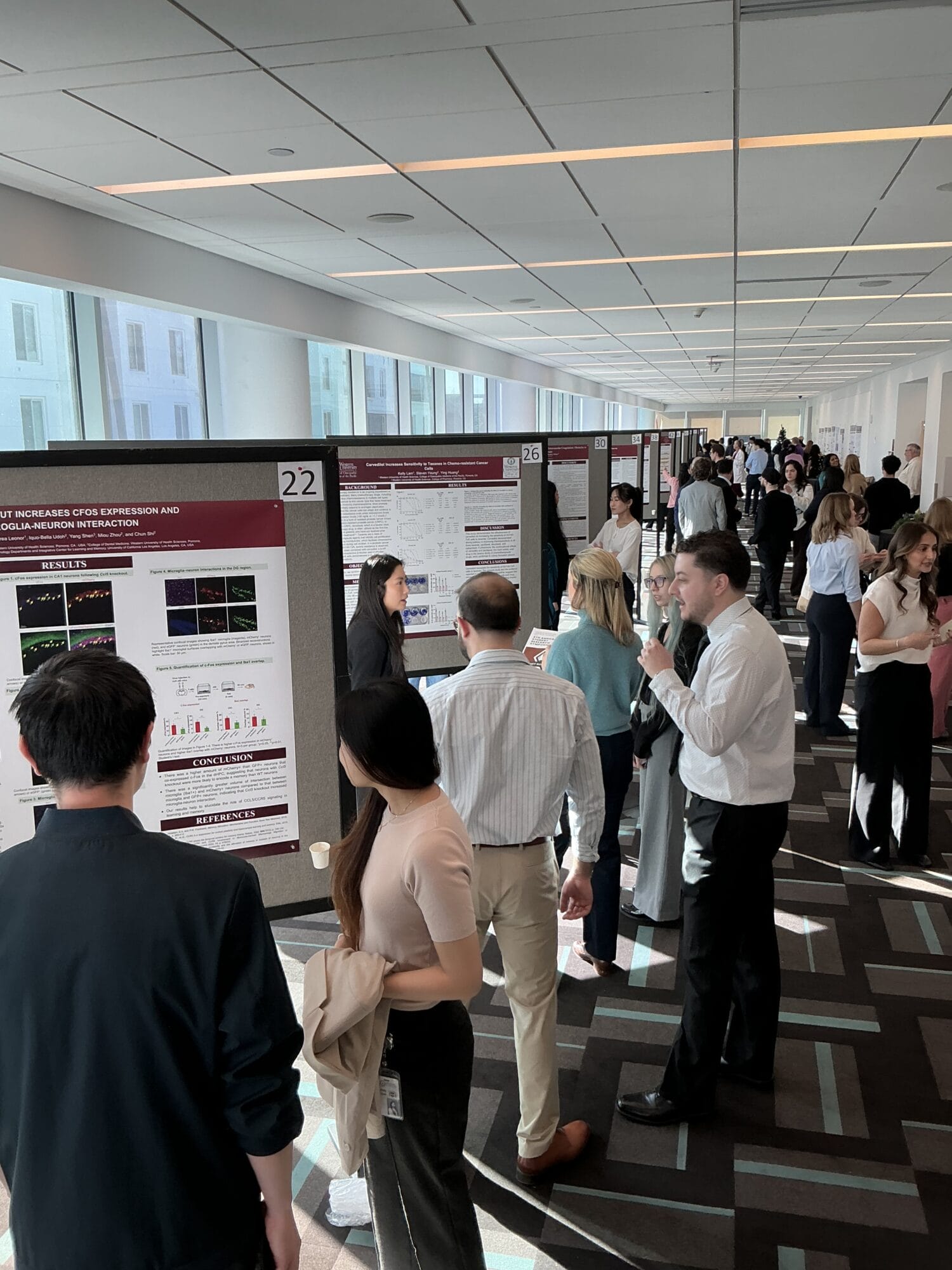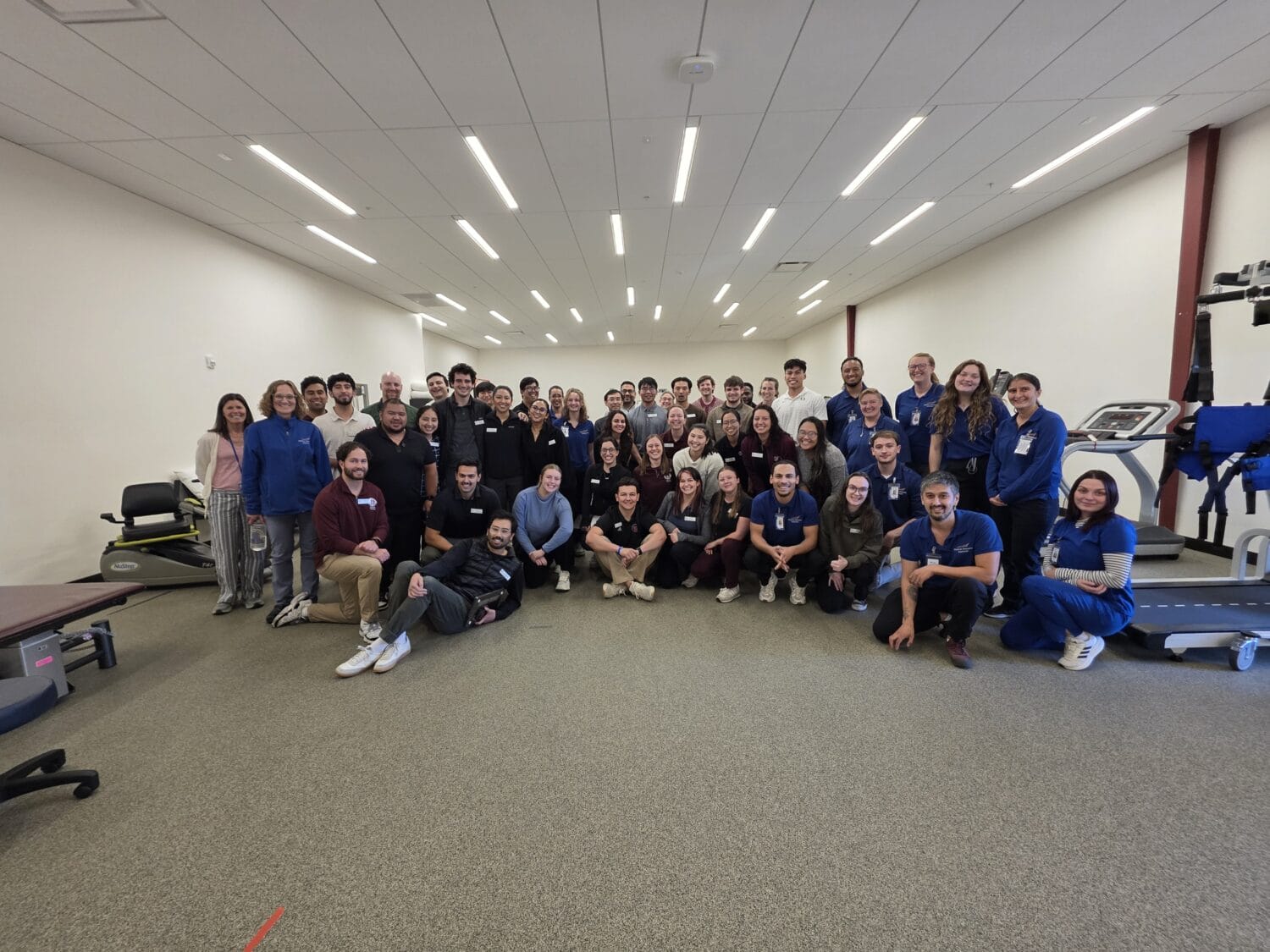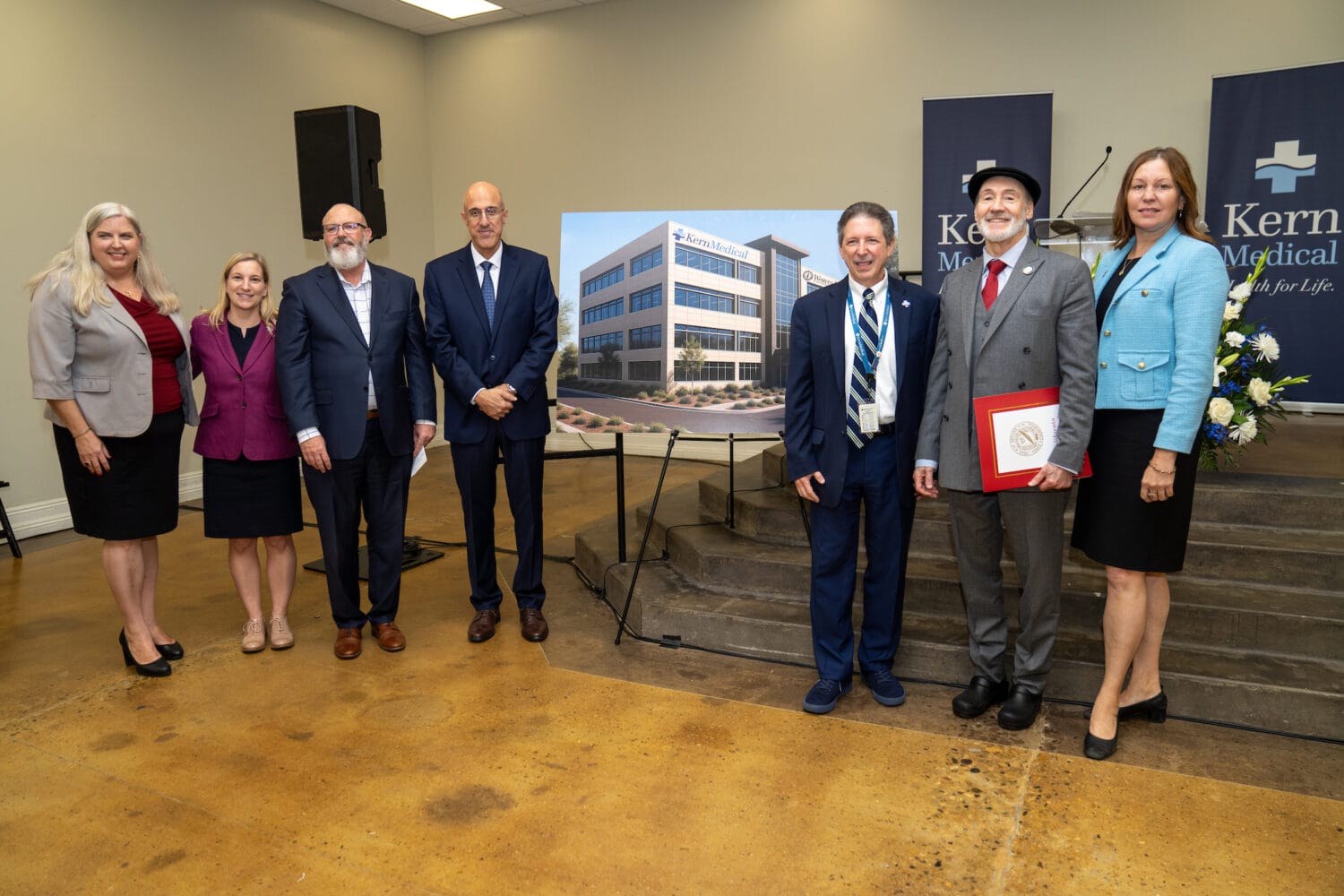WesternU's Master of Health Sciences program turns 25
The Master of Science in Health Sciences (MSHS) at Western University of Health Sciences in Pomona, Calif., will celebrate its 25th anniversary when classes resume on Aug. 8, 2011.
The goal has remained the same for those 25 years – to create better health care educators and professionals, and to increase their availability.
“”We are teaching people how to learn and how to do research,”” said Tina Meyer, DHSc, PA-C, chair, Department of Health Sciences Education and assistant professor, Department of Physician Assistant Education. “”The lifelong learning tools are absolutely at the foundation of everything we do, and we’re teaching them to go to the evidence, find out what it is.””
To help kick-off the yearlong observance of the MSHS 25th anniversary, a reception will be held from 4 to 6 p.m. Monday, Aug. 8 on the WesternU campus. A “”25 for 25 Campaign”” to raise money for student services also will run throughout the 2011-12 academic year.
“”Whether the zero comes before the 25, (25 cents) or after it, every gift is necessary to make a difference,”” said Stephanie Bowlin, EdD, PA, dean of the College of Allied Health Professions and associate professor of Physician Assistant Education.
Later in the year, invited guests will enjoy a formal dinner, with other recognitions to be announced.
The Health Professions Education (HPE) program began in 1986 with four students and was the first program added to what was then called the College of Osteopathic Medicine of the Pacific (COMP).
The university started the program in response to a nationwide demand for qualified educators, and was designed to provide a basic understanding of teaching, learning, research and administration.
COMP was restructured into Western University of Health Sciences in 1996, and now is composed of nine colleges.
In 2009, MSHS expanded, adding the Community Health Education (CHE) track so that the university could have more impact on the public health arena through understanding needs, designing change, implementing programs to enforce change, evaluating how this change helped, and what’s needed to improve it.
“”The Master of Science in Health Sciences gives us the opportunity to take a look at this whole broad area of education and outreach, and how to utilize that to fill some of the needs in the community and region,”” Meyer said.
Originally, the HPE program was designed using grant money from the federal government. It helped develop local clinicians into faculty members at the university.
It was also a one-year program for students who were physicians. Students received stipends and continued to see their patients while going to two-hour seminars four days a week, said Gary M. Gugelchuk, PhD, WesternU’s executive vice provost, who taught research methods and evaluation and statistics during its infancy.
“”It’s been a long history,”” said Gugelchuk about the MSHS program. “”It’s the first program outside of medicine that the institution got into. It seems, with the number of people we have retained and put into part of academic administration, it has been fairly successful.””
Among a few who have gone through the program and continued on at WesternU educating students are Kay Kalousek, DO, MSHPE, associate dean and assistant professor, Office of Medical Education; David Redding, DO, MSHPE, associate professor of Osteopathic Manipulative Medicine; Alan Cundari, DO, MSHPE, chair and professor of the Department of Family Medicine, Medical Director for Western University Medical Center, and Medical Director for the Physician Assistant Program at the Patient Care Center; Roy Guizado, PA-C, MSHPE, chair and associate professor for the Department of Physician Assistant Education; Dr. Bowlin, and Dr. Meyer.
James Lally, DO, MMM, MSHPE, President and Chief Medical Officer of Chino Valley Medical Center, and a 1991 alumnus of COMP, also has received a Master of Science in Health Professions Education.
The health sciences program’s curriculum usually takes between two and three years. Since the programs are not in a block system, student enrollment is currently about 70 for the two-degree tracks.
“”Every clinical discipline is lacking faculty and is hungry for qualified educators,”” Meyer said.
The College of Podiatric Medicine this year is starting a specific track for podiatric students who wish to add a fifth year to their studies and spend one of those years doing their Master of Health Sciences degree to foster professoriates.
The College of Pharmacy has been running a postdoctoral fellowship and residencies program since 2003, grooming future professors and researchers. The fellows precept students in the clinic, and also come back and do selective lectures and help deliver curriculum, while participating one day a month in HPE curriculum and research.
In the COMP Neuromusculoskeletal Medicine/Osteopathic Manipulative Medicine pre-doctoral teaching fellowship program, third- and fourth-year students add another year to their osteopathic medical training to accommodate their clinical clerkship and fellowship obligations.
“”The MSHS degree has gained recognition over the past 25 years, and represents an important health care workforce that focuses the various sciences on the delivery of health care,”” Bowlin said. “”Behind every effective health care provider, there was at least one very effective educator who paved the way for future successes and accomplishments.””



